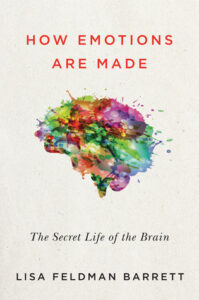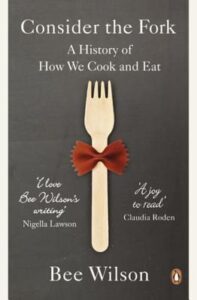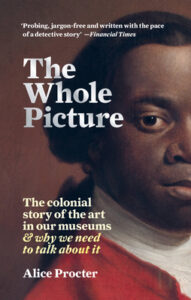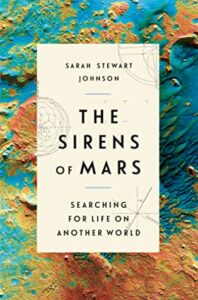 Scoff: A History of Food and Class in Britain, Pen Vogler
Scoff: A History of Food and Class in Britain, Pen Vogler
Perhaps it’s not a surprise that a book purporting to be a history of food and class in Britain does itself verge into snobbery now and then, but I was a little annoyed by it all the same. You can feel the judgement dripping off Vogler in what she includes and what she doesn’t — and for the most part, it’s not about British food at all, but the food that English people will eat. A single token reference to bara brith, a few potatoes and a quotation or two from Sir Walter Scott don’t make this British. I think there’s more about French cuisine here than Welsh, Scottish or Irish, and there’s classism going on in the very choice of examples she keeps harping on (Austen, Thackeray, etc).
There are some interesting titbits here, but I found the format of the book really annoying — you really don’t have to link each chapter to the next through a tenuous lead-in, and you really don’t need to make me hop around the book to read other sections.
I don’t know from personal experience whether all of her research is correct, though I saw one or two reviews on Goodreads suggest that she’s a bit off base about some things. She does at least have a fairly exhaustive set of references, should you want to look something else up.
I found this, in the end, surprisingly tedious for something that so clearly catered to my current, randomly acquired interest in food history. I was riveted by the history of white bread in America, so it’s not the subject that’s lacking here — it’s the delivery.









